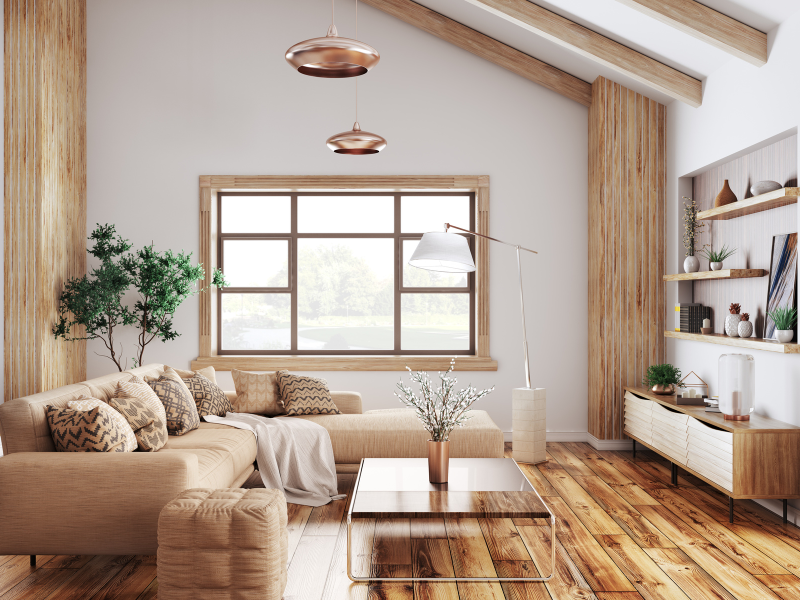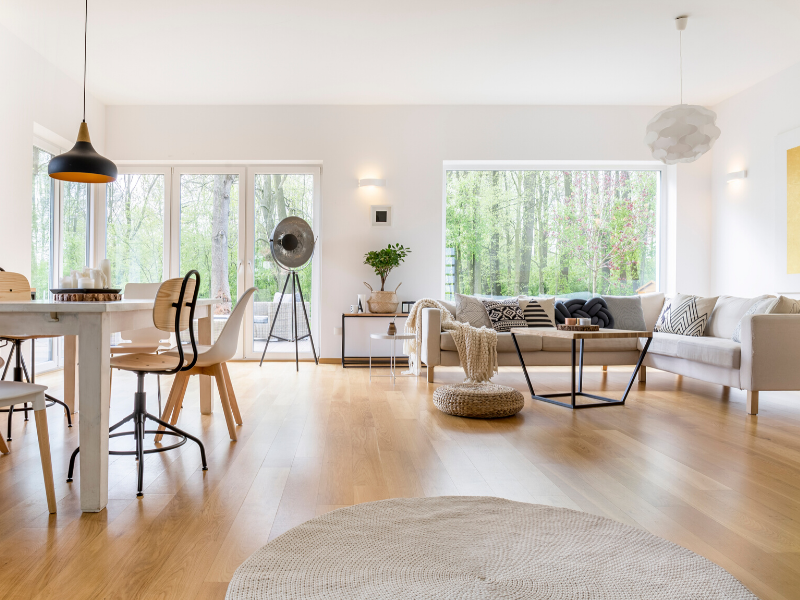Painting Your Rental

How Often Should You Re-Paint?
The short answer is: every three to five years.
The long answer is: it depends on the wear and tear on your walls. This is where regular inspections of your home will help you plan for your future. Consider checking in on the condition of your rental at least once a year, if not every 6 months, so you can determine if there are any items that need to be addressed, including the walls.
Of course, paint is much easier in an empty place, so re-painting will likely happen between tenants. By recognizing the lifestyle of your tenants, especially if they’ve hung anything up on the walls while they’ve lived there, as well as how long they lived in your rental, you will be able to predict whether you will need to paint when they decide to leave.
Remember, normal wear and tear will be a key factor in determining if you should charge the tenants for the paint, or if it’s your responsibility. For example, if your lease says they cannot mount a TV, but they did, that will be something they have to pay for at lease that wall. But if there are normal scratches and dirt, or they lived there for 3-5 years, that will be the landlord’s responsibility.
What Colors Should You Use?
In order to attract the most potential occupants, stick to neutral colors.
A neutral wall will let the tenant decorate how he or she likes, letting their inspiration draw from their style, rather than a colorful wall.
If you have a smaller space, consider white walls to make the rooms feel brighter, and therefore, bigger. As the light bounces off the walls, it will give the space an airier feel, even if it is a small room.
Do not paint your home based on the latest trends. Trends are passing, but you are hoping your tenants stay for a few years. Give them a timeless space in which they can grow.
Why You Shouldn’t Paint with Pantone’s Color of the Year


Image Source: Canva
Trends come and go, just as tenants rent and vacate, but property investors are in it for the long haul which is why it’s important for property investors to keep their priorities straight for their unit. Each tenant is different, they have different communication styles, different standards of living, and each comes with their own aesthetic. When looking for a new home, tenants are looking for a place where their current furniture can live alongside them.
While some may love a great accent wall, most of them don’t expect to see that in their rental home – mainly because that’s not the typical practice. They’re likely coming from a white or beige rental, looking for the next white or beige rental home.
Should a property investor make the mistake of using yearly trends, like Pantone’s Color of the Year, in the home, they are missing out on tenants who are looking for a more basic palette so that their home decor can easily move from their current place to the new one. A homeowner might love Classic Blue and find that it’s a great color for the home, but it’s a mistake to force that upon future tenants who will avoid or turn down a potential home if that color doesn’t work with their furniture and décor.
By adding color to your rental, you significantly narrow your tenant base to the few who just so happen to be okay with a blue wall anywhere in their home. It’s more likely the tenants won’t consider your rental if they feel the space isn’t going to be able to easily mesh their personal style with a bright color like that – especially one they can’t change.
While white might be bland, it creates a blank canvas for tenants to make their own. There are not many tenants out there who will be mad about white walls – as white paint tends to brighten the space, making it feel bigger as light reflects off the paint, and allows them to easily bring in their own things.

 Facebook
Facebook
 Twitter
Twitter
 Pinterest
Pinterest
 Copy Link
Copy Link

